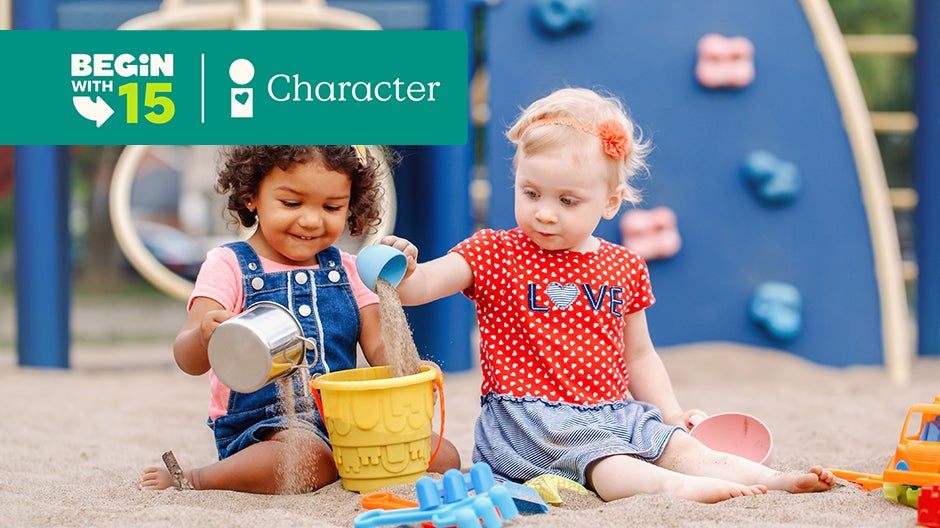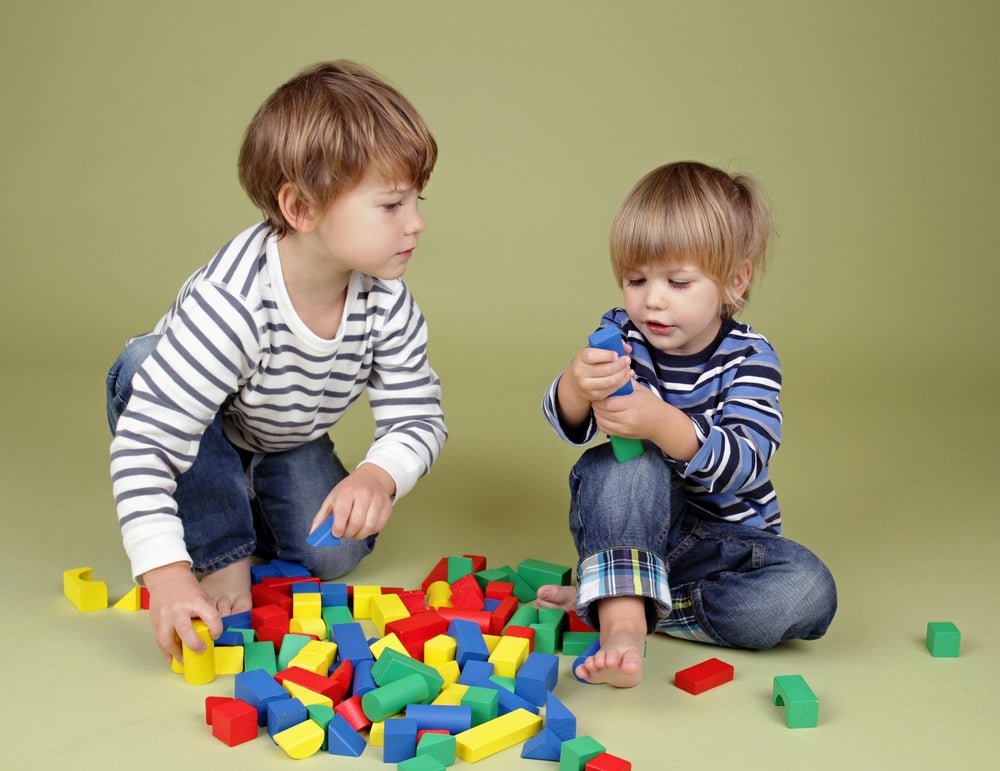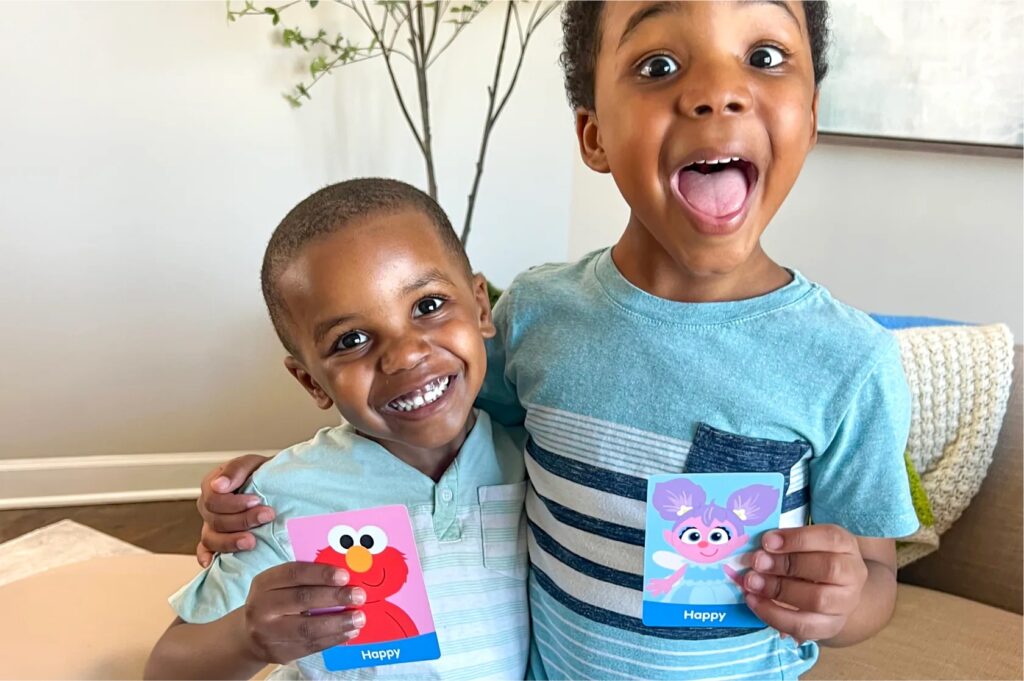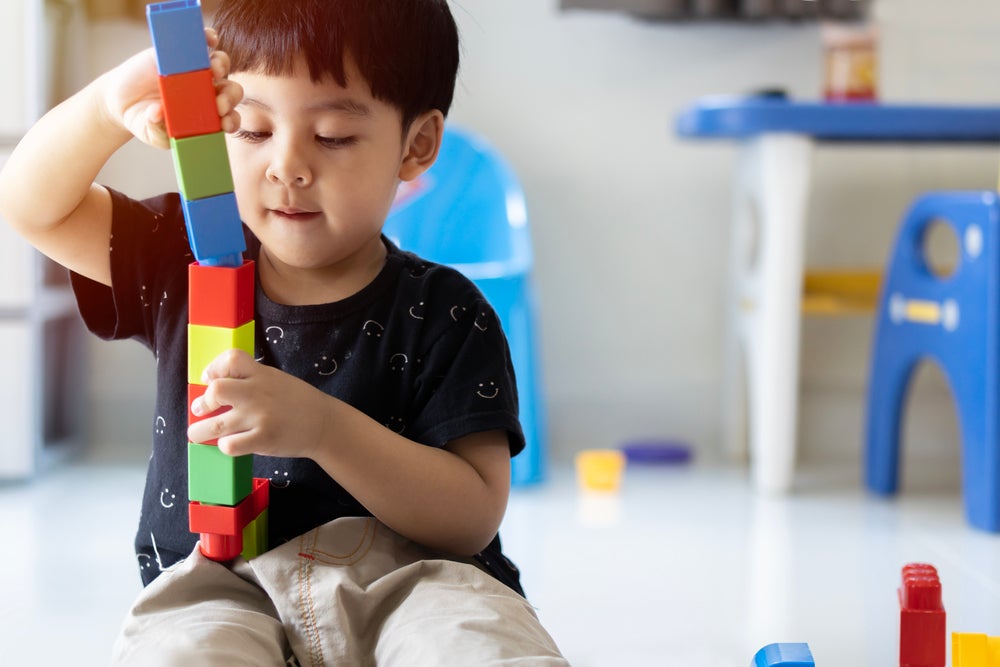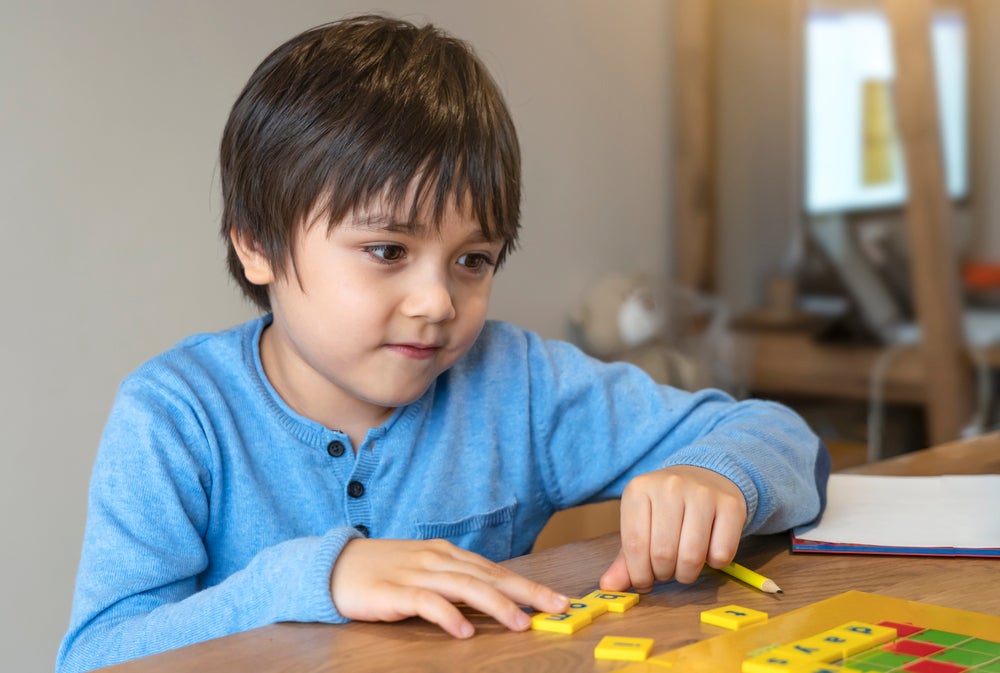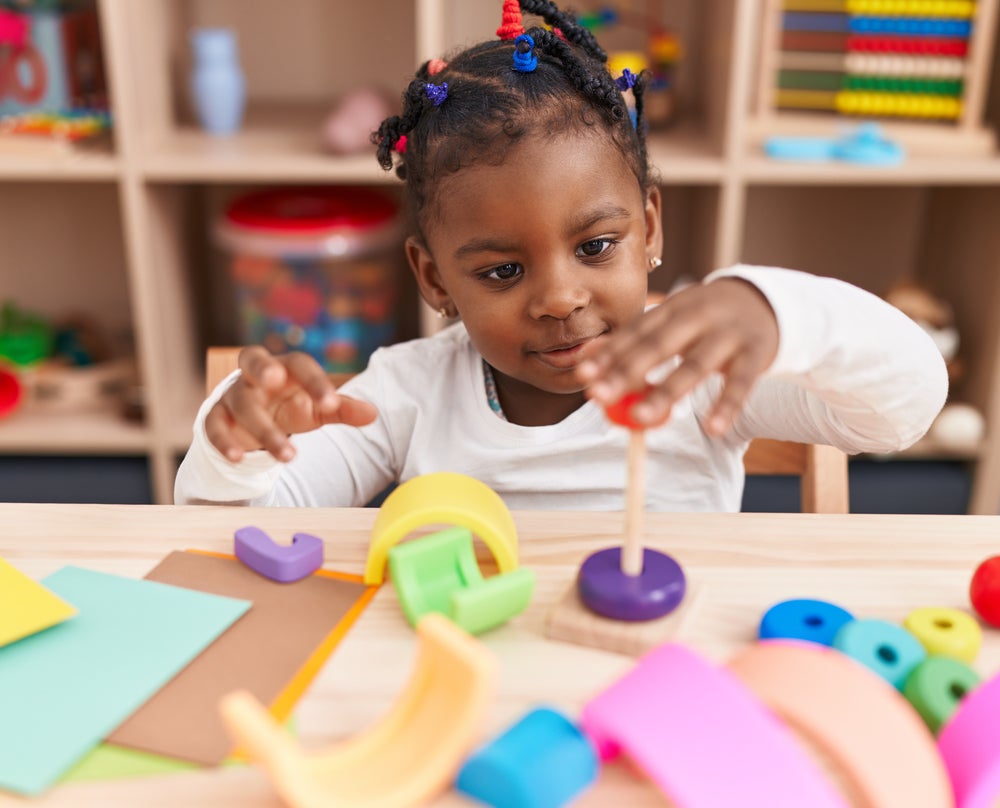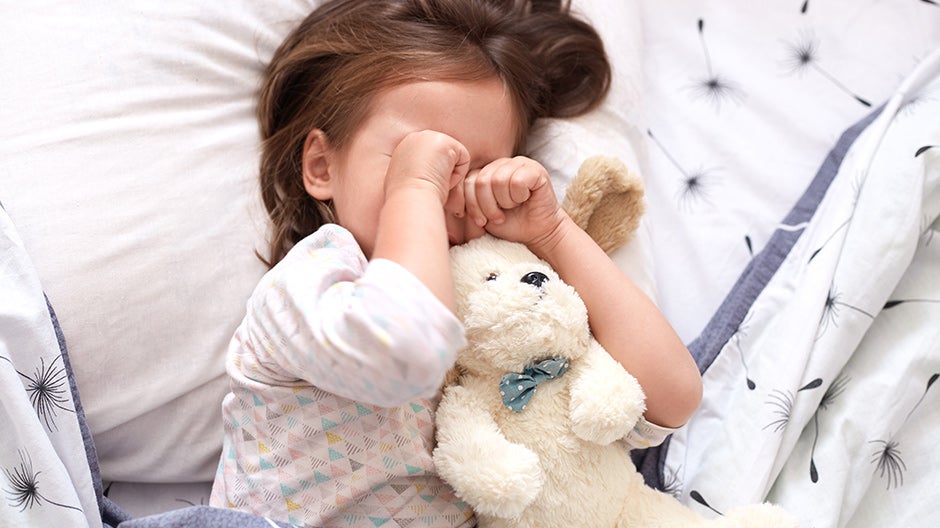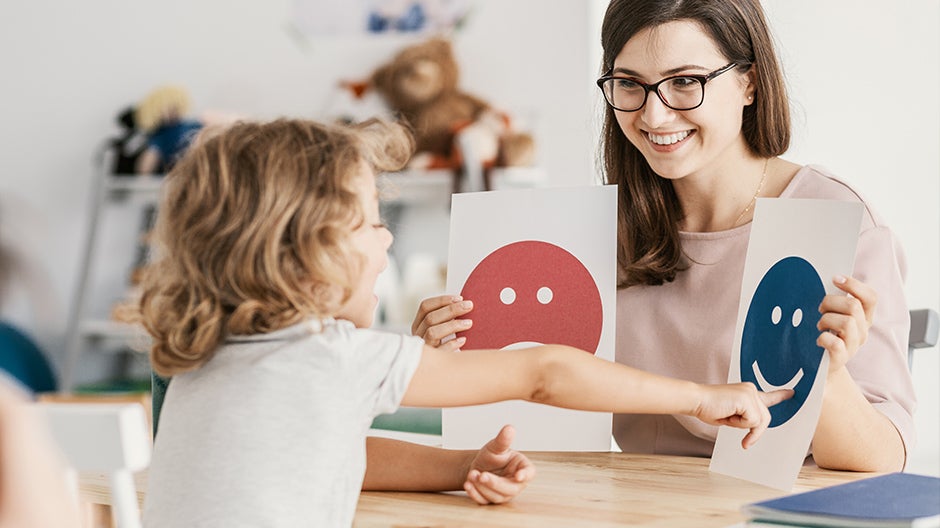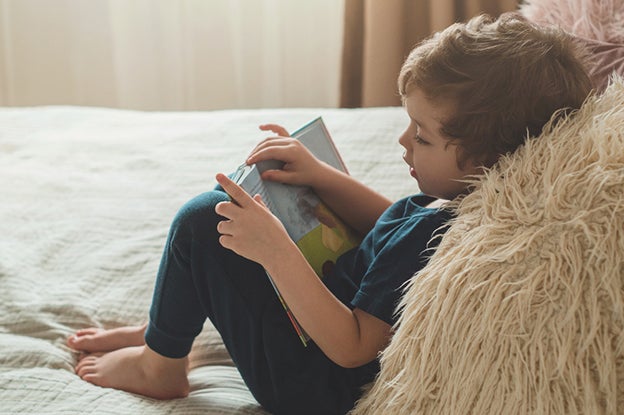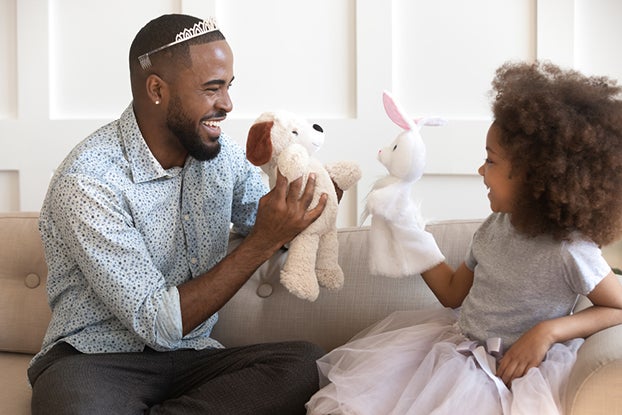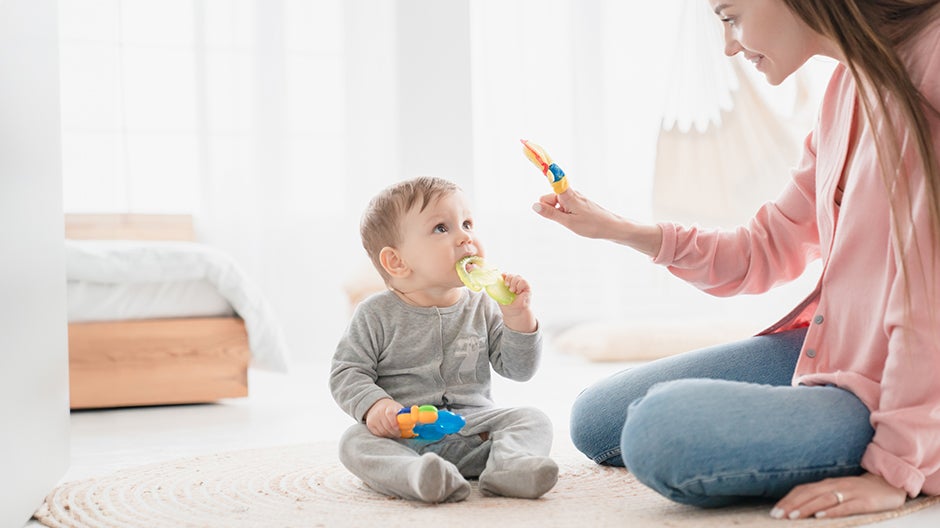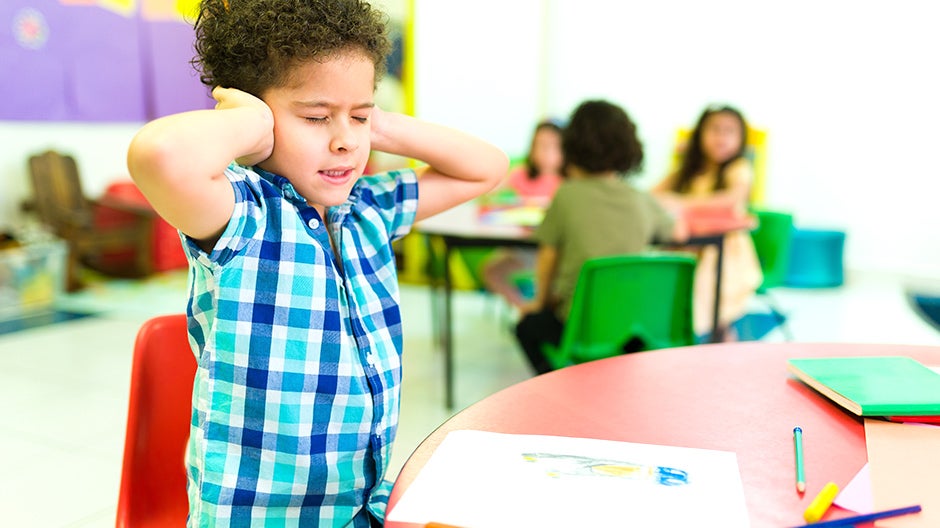Friendship is an important part of every child’s life, but being a good friend isn’t a skill that’s developed overnight—it’s something that takes time and practice. Learning to be a good friend is an important part of building Character, one of the research-based 5 C’s at the heart of the Begin Approach to helping kids thrive in school and life.
The Short Cut
- Friendship builds Character, one of the 5 C’s to help kids thrive in school and life
- Making friends is fun, but it still takes practice! Strengthen budding social-emotional skills through reading, discussion, and small group play
- An easy way to encourage healthy friendships is to model friendly behavior with grown-ups (and kids!) in your life
- Developing the 5 C’s doesn’t need to be complicated. You can make a big difference in only 15 minutes a day!
Developmentally, children learn about friendship in different stages. For example, when they’re young, kids are very egocentric. During this stage, they are only beginning to learn how to interact with others. That’s why young toddlers and preschoolers might have a hard time sharing or taking turns.
As your child grows, their thinking becomes less egocentric and they start to become aware of other people’s feelings and perspectives. This is when they begin to develop the skills needed for friendship.
But even older kids need guidance when it comes to making friends. That’s where these fun and easy tips from Begin come in.
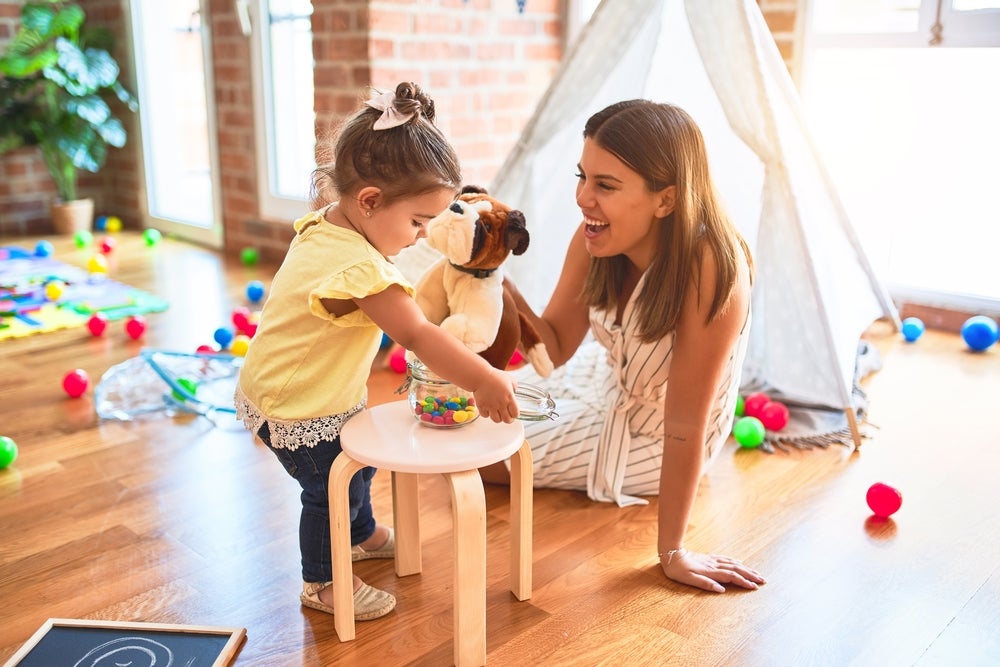
Ways to Teach Kids about Friendship
1. Talk about What Friends Are
Ask your child what they think a friend is. Listen to their answer and then share your definition of friendship.
You might say something like, “A friend is someone you like spending time with. They make you feel happy and special, and you can rely on them.”
Once you’ve established a loose definition, talk about what friends do. Have your child brainstorm a list of things that friends do for each other, and write down what they say.
If your child is having trouble getting started, use prompts like, “Do friends share things?” or, “Do friends help each other out?”
After you have a list compiled, read through it together. Discuss how certain behaviors make you feel and which are the most friendly. Then, encourage them to do those things when they’re with their friends.
2. Read Books about Friends
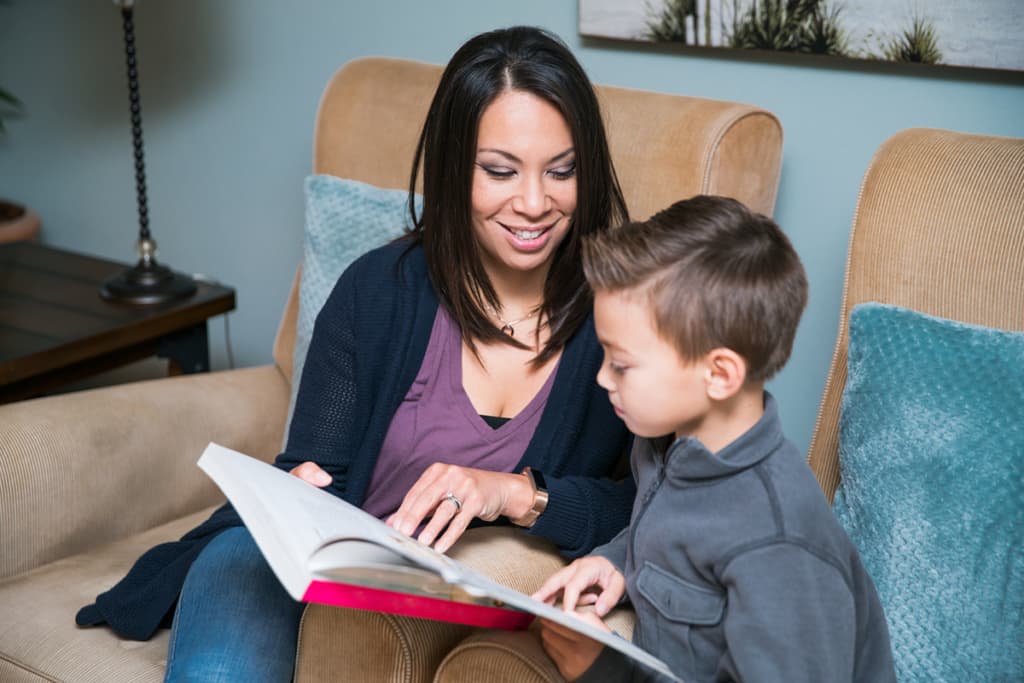
Friendship is a common theme in children’s books. You can use the fictional characters in books to help your child learn more about being a good friend.
To start, pick a book at your child’s reading level. Here are some suggestions for books on the topic of friendship by age group:
Toddlers and Preschoolers
- Little Blue and Little Yellow by Leo Lionni
- Stick and Stone by Beth Ferry and Tom Lichtenheld
- My Friend is Sad by Mo Willems
- Duck, Duck, Goose by Tad Hills
Early Elementary
- The Sandwich Swap by Queen Rania Al-Abdullah
- A Friend for Bear by Steve Smallman
- We Found a Hat by Jon Klassen
- Making Friends Is an Art by Julia Cook
Once you choose a book, do a picture walk-through with your child before you start reading. Essentially, look at each picture and talk about what is happening. As you guide your child through this pre-reading activity, ask questions to help them start thinking about friendship.
For instance, as you look at the cover of The Sandwich Swap you can say, “Do you think these two girls are friends? How can you tell?”
As you flip through the pages together, have your child make predictions. Ask them what is happening to the friendship throughout the story by looking at the clues in the pictures.
You can point out facial features, body language, and anything else that might provide insight into the story. Once you make it to the final page, go back to the beginning and read the story together.
As you read, take time to talk about the predictions your child made during the picture walk. Were there instances when your child correctly guessed what would happen? Were there any pages where their predictions were off?
When you finish the story, have your child draw connections to their own life. Have they ever experienced something similar? Let them tell you about it.
3. Practice Friendly Character Traits
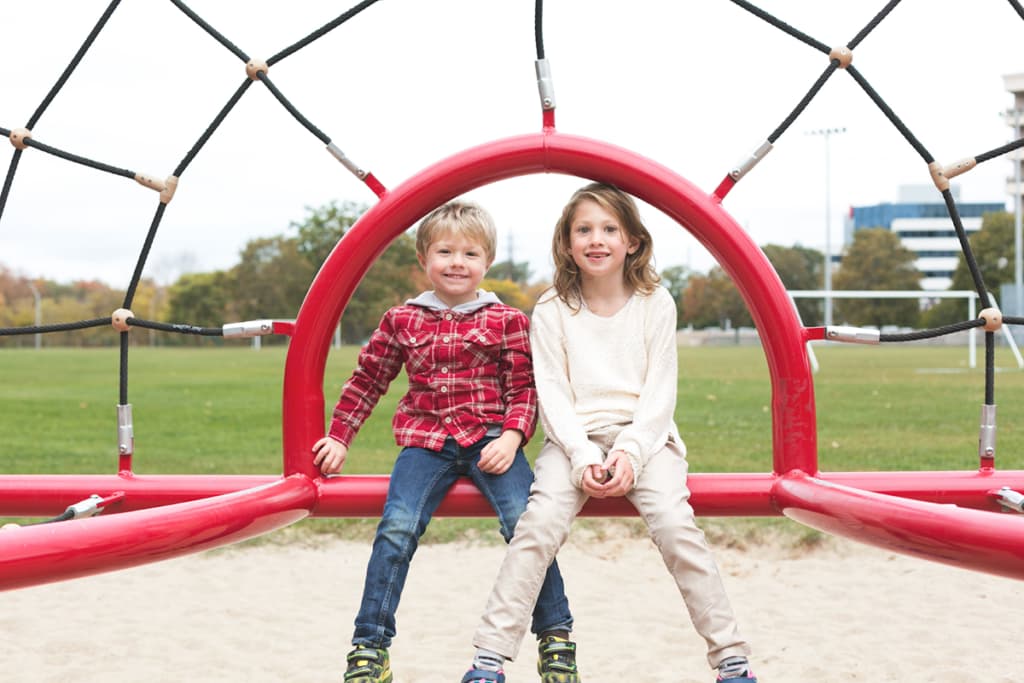
Reading about friendship is one thing. Practicing being a good friend is another!
Good friends have several common character traits. By intentionally practicing these qualities, you can help your child learn to be a better friend.
Here are some friendly character traits you can work on:
- Taking turns
- Offering encouragement
- Sharing
- Listening
- Being patient
- Including others
To get started, choose a character trait to focus on. If you know your child needs help with one social skill in particular, start there. When you’ve picked one, discuss why it’s important for friends to have this quality.
Then, come up with some friendship scenarios in which that trait would be useful. You can act out these situations with your child using role-play or stuffed animals.
Take turns playing each part, and discuss how you’re feeling throughout the scenario. This helps your child learn to connect their actions with the emotions of others.
If you notice your child is having a hard time putting their feelings into words, the Learn with Sesame Street app can help build social-emotional skills.
4. Tell Stories about Friendship for Kids
Storytelling is another great way to help kids learn about friendship. To do this, begin telling your child a story about friends. Continue the story until it gets to the point when one character has to make a decision.
Then, stop and ask your child to take over the telling. Encourage them to choose what happens next and what happens in the end. After they’ve finished, talk about the choice the character made. Discuss alternate endings the story could have had.
This process helps your children realize that the choices they make affect other people. They can use this knowledge to think about possible outcomes in real life before they make a decision.
5. Don’t Overreact to Age-Appropriate Behavior

As mentioned earlier, it takes time and practice for kids to learn how to be good friends. Because of this, it’s important not to overreact when your child exhibits age-appropriate behavior that isn’t kind.
For example, it’s common for young kids to try to take toys from others while they’re playing. If you see this happening, stay calm and use this event as a teaching opportunity.
Pull your child aside and quietly explain that it’s not OK to take toys from other kids. Help them understand that this kind of behavior can hurt their friend’s feelings, and ask them to apologize.
Then, suggest a better way they could have handled the situation. For instance, you could say, “If you want to play with that toy, ask your friend if you can take turns.”
This type of instruction helps your child learn how to deal with their emotions in a healthy way. Eventually, they’ll start to use these strategies on their own.
6. Celebrate Your Own Friendships
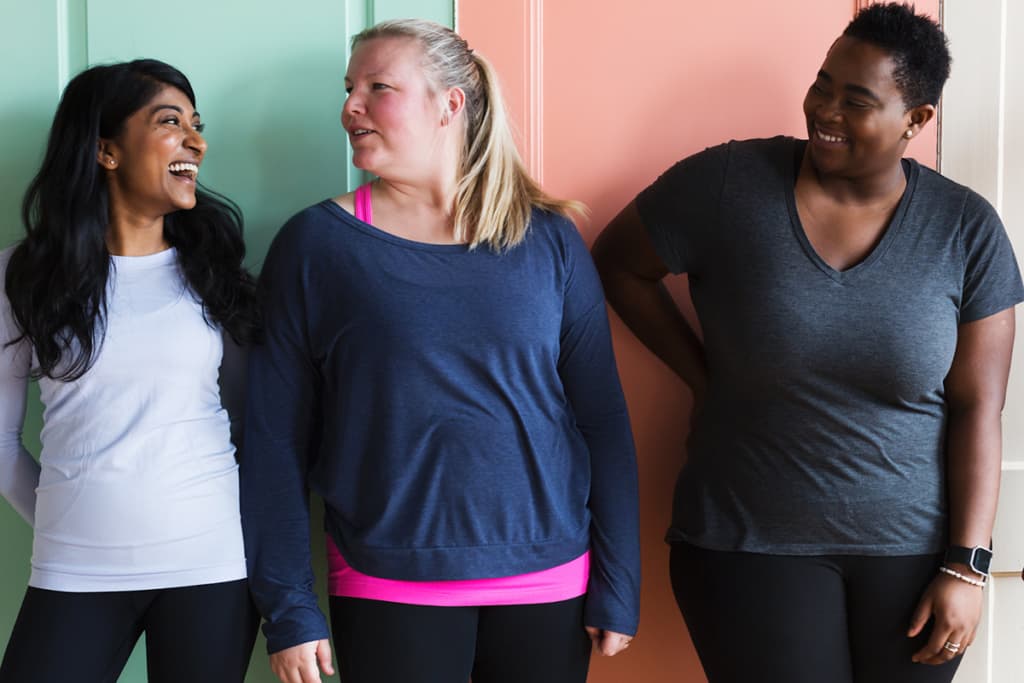
Kids learn by watching you. So, let them see that you enjoy positive, healthy relationships with your friends! Plan a get-together with a few of them and let your child be a part of it. This can show your child how much fun you have with your friends.
During your time together, explain why you enjoy being around them. Your words and actions can show your child that friendship is something to treasure.
7. Start with Small Groups
Friendship can be tricky to navigate, especially for young kids. To help your child learn how to build healthy friendships, start by working with small groups. This way, they can practice what they’re learning without feeling overwhelmed.
Ask one or two other kids to come over and play. After the introductions, step back and let the kids take the lead. But don’t go far! Stay nearby so you can help your child navigate any friendship problems that occur.
In addition, keep your child’s age in mind as you supervise the playdate. Kids go through several different stages of play, and each stage has different friendship dynamics.
8. Make Gifts for Friends
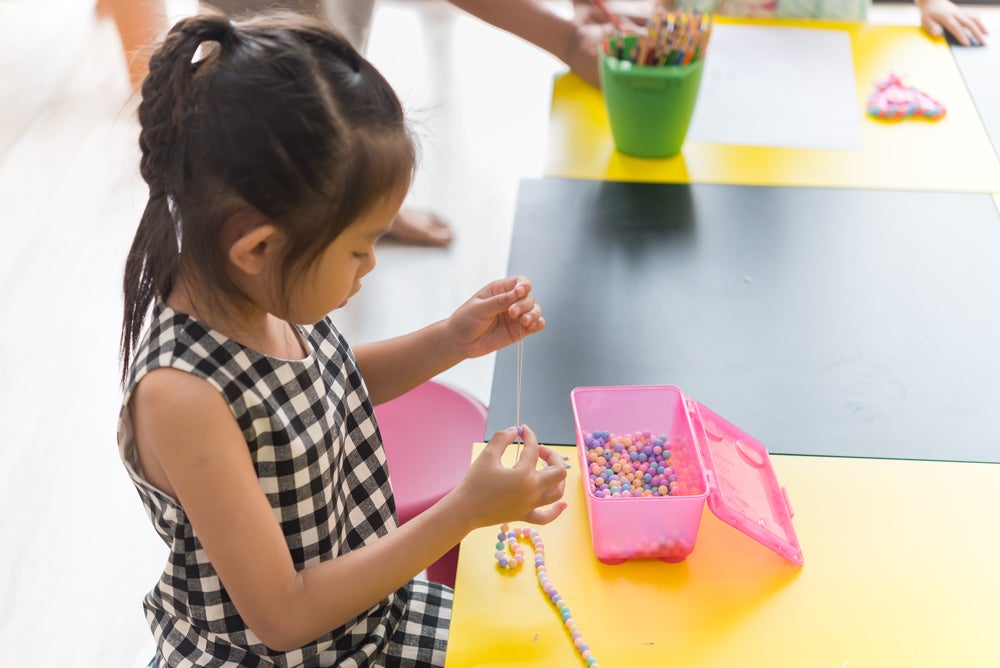
Giving gifts to friends can show them how much you care. Teach your child how to celebrate a special friend in their life by using creativity and imagination to make them something!
There are lots of different ways to make friendship gifts. For example, your child could make a friendship bracelet, paint a picture, or write a song. The possibilities are endless!
If your child needs some guidance, ask them what their friend likes doing. This can help them pick the perfect gift to create.
After they make their special creation, help them wrap it. Then, arrange a time for the kids to get together so your child can deliver the present. Watching the look of excitement on their friend’s face as they open the gift will be a memorable experience for your child.
Creating Lasting Friendships for Kids with Begin

There’s nothing quite like friendship, but kids don’t always know how to be good friends on their own. With a little guidance, your child can discover the value of friendship and learn how to be the best friend they can be.
No matter where your child is on their friendship journey, you can support them by modeling the qualities of a good friend, talking with them about friendly characteristics, and allowing them to have plenty of practice.
Begin can help.
The first stage of our learning membership, developed with the experts at Sesame Workshop, guides kids through essential social-emotional skills. With the help of their Sesame Street friends, kids learn how to express their emotions, empathize with others, and create healthy relationships.
Take our online quiz to see which membership stage can help your family today!
